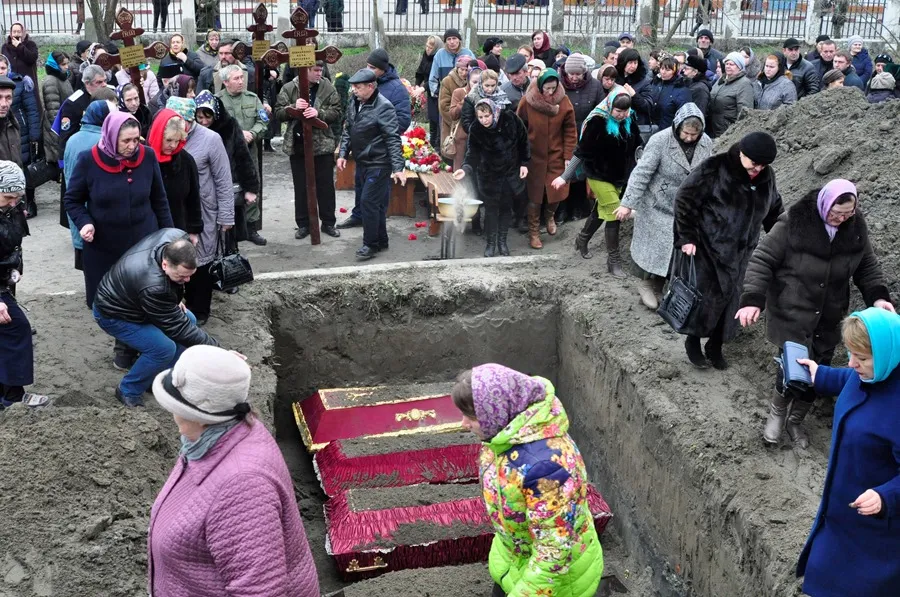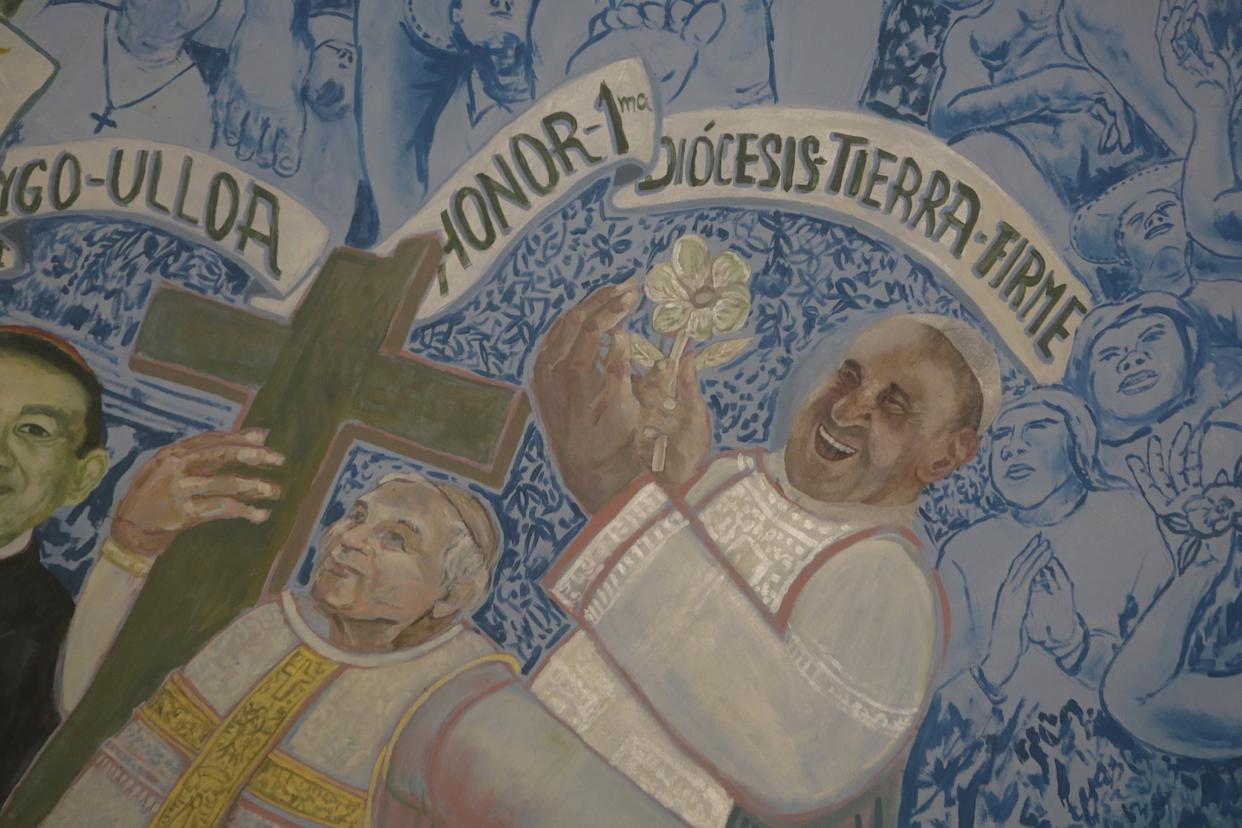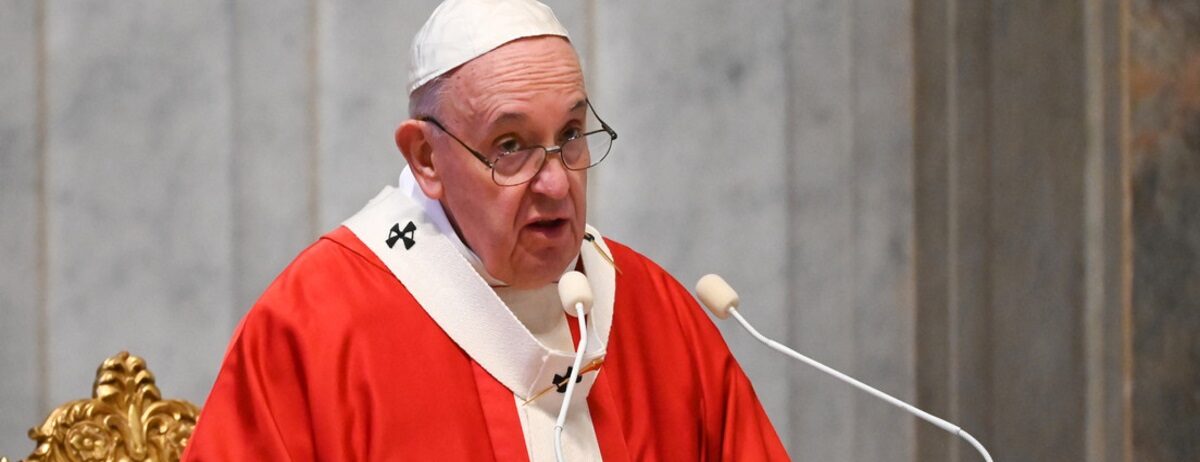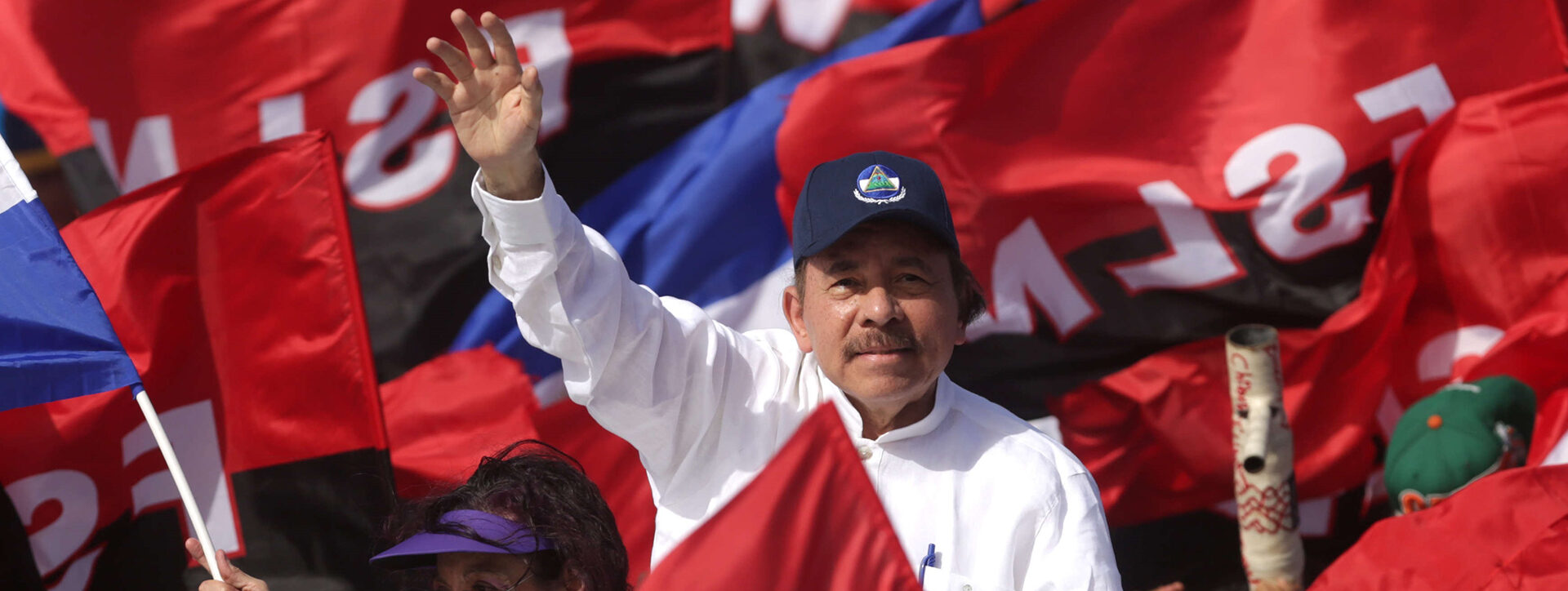International
Dagustan, a powder gag in the North Caucasus

The terrorist attacks that this Sunday claimed about twenty deaths in Dagestan, the most explosive republic in the Russian North Caucasus, once again put Russia’s security forces in strain, embraced in a exhausting military campaign in Ukraine.
And the recent history of Dagestan, a Muslim republic bathed by the Caspian and bordering Georgia and Azerbaijan, is dotted with terrorist actions, some of great magnitude such as the incursion led by the Chechen Shamil Basayev, which broke out the second war in Chechnya (1999-2009).
More than 96 percent of the inhabitants of Dagestan, a name that means “land of mountains”, are Muslims.
With just over 50,000 square kilometers and 3.2 million inhabitants, it is the most populous republic in the North Caucasus and its population is made up of a multitude of ethnic groups, as evidenced by its 15 official languages, including Russian.
The neighborhood with Chechnya, which in 1991 proclaimed its independence from Russia, granted Dagestan a key role in the two wars fought in the neighboring region.
Precisely in the Daguestani city of Jasaviurt, bordering Chechnya, Russia signed in 1996 the ceasefire agreement with the Chechen independence fighters, which the following year materialized in a peace treaty.
Dagestan was also the territory chosen by Basayev in 1999 to launch an armed incursion and proclaim, with the support of the Islamic State, the creation of a caliphate in the Caucasus.
Although in Chechnia, where Russia after almost ten years of war managed to impose its order, Islamist attacks were considerably reduced, the same has not happened in Dagestan.
On May 3, 2012, thirteen people died and more than 120 were injured in a double car bomb attack on a police post in Majachkalá, the Republican capital.
Sunday’s attacks against two Orthodox churches and two synagogues were not the first perpetrated against temples in Dagestan: on February 18, 2018, a man armed with a knife and a hunting shotgun killed five women in an Orthodox church in the city of Kiszliar, an attack claimed by the Islamic State.
In addition, in October 2023, a mob broke into the airport of the Dagestan capital and surrounded a hotel in search of Israeli citizens in protest against the bombing of the Gaza Strip
International
DHS Secretary Kristi Noem’s Purse Stolen in D.C. Restaurant Heist

The purse of Kristi Noem, Secretary of the Department of Homeland Security, was stolen on Sunday night at a restaurant in Washington, D.C., Fox News Digital confirmed through several agency sources.
The handbag, taken by a white male wearing a mask, reportedly contained $3,000 in cash along with personal documents, including her passport, keys, driver’s license, and DHS badge, according to an agency spokesperson.
“Her entire family was in town, including her children and grandchildren. She was celebrating her retirement by treating them to dinner, activities, and Easter gifts,” the spokesperson added.
Crime continues to be a significant issue in the U.S. capital, particularly theft. However, violent crime reached its lowest level in 30 years last year, according to the Office of the Attorney General at the time.
International
Pope Francis: The Quiet Architect Behind the U.S.-Cuba Thaw

When then-U.S. President Barack Obama and Cuban President Raúl Castro announced the reestablishment of diplomatic relations in December 2014—after decades of hostility—there was a third figure present in both speeches: Pope Francis.
This thaw in U.S.-Cuba relations—later reversed by Donald Trump—was the result of behind-the-scenes negotiations personally encouraged by Pope Francis, who passed away on Monday at the age of 88, just over a year after becoming head of the Catholic Church.
Upon learning the news of the breakthrough, the pontiff humbly stated, “This was made possible thanks to the ambassadors and to diplomacy,” which he called “a noble, very noble job.”
In 2015, months after the announcement, Raúl Castro visited the Vatican and met with the pope. Over time, Castro developed a fondness for Francis that he never had for his predecessors, Benedict XVI and John Paul II. “If the Pope continues talking like this, sooner or later I’ll start praying again and return to the Catholic Church—and I’m not joking,” said the younger Castro, who, like his brother Fidel (1926–2016), had been educated by Jesuits—the same order to which Pope Francis belonged.
Pope Francis visited Cuba later that year. Just days before his arrival, the Cuban government announced the pardon of 3,522 common prisoners as an act of clemency.
While in Havana, the pope met with Fidel Castro, who gave him a first edition of the book Fidel and Religion by Brazilian friar and liberation theologian Frei Betto.
Criticism from the Opposition
Francis’s diplomatic approach also drew criticism from parts of the Cuban opposition. In a 2022 interview with Univision, the pope revealed he had “a human relationship” with Raúl Castro.
International
Dominican Republic Declares Three Days of Mourning for Pope Francis

Dominican Republic President Luis Abinader has declared three days of national mourning starting Tuesday following the death of Pope Francis, who passed away on Monday at the age of 88 in his residence at the Casa Santa Marta.
In an official decree, Abinader highlighted the pope’s legacy “as a global leader who promoted significant reforms within the Catholic Church and was known for his humility, openness to dialogue, and commitment to peace among nations.”
During the mourning period, the national flag will be flown at half-staff at military facilities and public buildings.
According to a statement from the Office of the Presidency, although Pope Francis never visited the Dominican Republic during his papacy, he maintained a close relationship with the country. He expressed solidarity and empathy during difficult times, including offering prayers for the victims of the recent tragedy at a Santo Domingo nightclub on April 8, which claimed 232 lives and left more than 180 injured.
-

 Central America4 days ago
Central America4 days agoNicaraguan Exiles to Mark 7th Anniversary of 2018 Protests with Global Commemorations
-

 International4 days ago
International4 days agoDominican ‘False Hero’ Arrested for Faking Role in Nightclub Collapse That Killed 231
-

 International3 days ago
International3 days agoACLU seeks emergency court order to stop venezuelan deportations under Wartime Law
-

 Central America3 days ago
Central America3 days agoUN complaint filed against Costa Rica over detention of migrant children
-

 International2 days ago
International2 days agoThousands rally nationwide against Trump’s threat to U.S. democracy
-

 Central America1 day ago
Central America1 day agoSenator Van Hollen Meets with Deported MS-13 Member in El Salvador; Trump and Bukele React
-

 International1 day ago
International1 day agoPope Francis Appears for Easter Blessing, Calls for Peace and Religious Freedom
-

 International2 hours ago
International2 hours agoDominican Republic Declares Three Days of Mourning for Pope Francis
-

 Central America2 hours ago
Central America2 hours agoCardinal Rodríguez to Attend Funeral of Pope Francis: “He Was Very Dear to Me”
-

 Central America2 hours ago
Central America2 hours agoNicaragua’s Ortega and Murillo Mourn Pope Francis, Acknowledge ‘Difficult’ Relationship
-

 International2 hours ago
International2 hours agoDHS Secretary Kristi Noem’s Purse Stolen in D.C. Restaurant Heist
-

 International2 hours ago
International2 hours agoPope Francis: The Quiet Architect Behind the U.S.-Cuba Thaw















